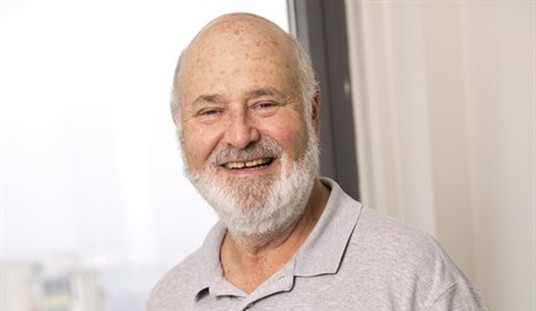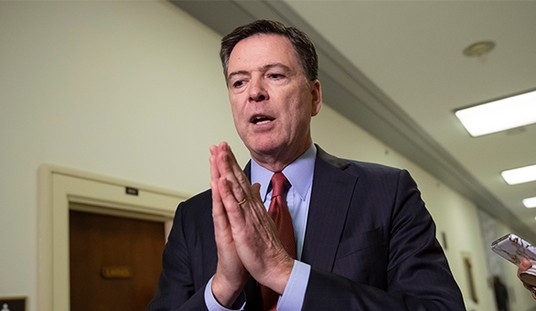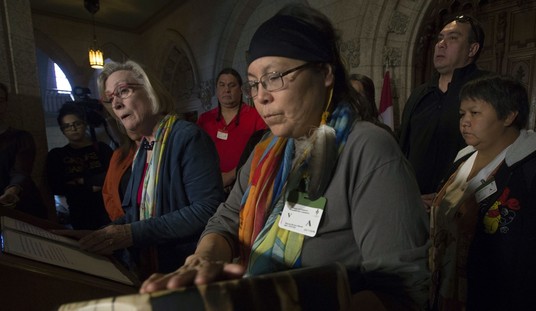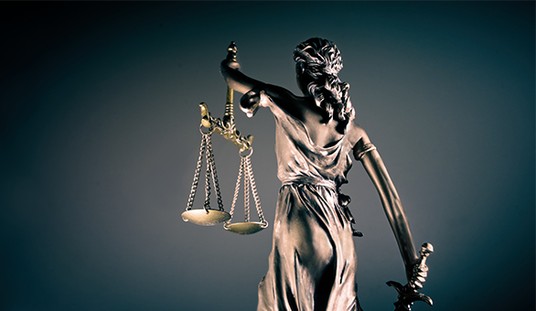Say what you will about the good folks of Florida: they sure know how to get attention. Over the last decade or so, they’ve given us the Elian Gonzalez drama, the Bush-Gore brawl that the U.S. Supreme Court had to step in to settle in Bush’s favor, the Tea Party revival, and the Lebron James melodrama. Then there’s Miami, America’s Casablanca: an exotic place of intrigue and sometimes deadly violence. (See various Miami riots, Elian, the 1980 Cuban boatlift, numerous hurricanes, and those two fines pieces of fictional entertainment, Miami Vice and Scarface.)
And now with three different winners of the first three contests — Santorum in Iowa, Romney in New Hampshire, Gingrich in South Carolina, which is a first in Republican history — the “Sunshine State” once again takes center stage as the first tie-breaker in the Republican contest. With a winner-take-all primary that awards nearly 5% of the delegates needed for nomination, Florida will set the stage for a dramatic Republican fight. And do we need to mention that the Republican National Convention will be in Tampa?
Florida is a key part of what Kevin Phillips dubbed the “Sun Belt,” a Tomorrowland of Hispanic immigrants and refugees, Northern retirees, and Yankee migrants superimposed on a state once dominated by mostly rural conservative Southern Democrats. Florida has emerged as the ultimate battleground state. In the last four national elections, Florida went a long way toward picking our president. In 1996, Bill Clinton’s upset of Bob Dole there was the knock-out punch to Republican hopes. The Florida recount of 2000 was the most hotly disputed and latest settlement of an election since 1876. In 2004, the Sunshine State was the knock-out punch to Democrat John Kerry’s hopes when he lost it with 47%. In 2008, when the networks awarded Florida to Barack Obama, the election was over.
As one who both lived in Florida and worked on campaigns there, it is very difficult to “organize” in a state of over 19 million people that is geographically very large and crosses two time zones. (From Pensacola to Key West, the distance is greater than New York to Chicago.) Democrats do some strong organizing among the elderly in Greater Miami, as do Republicans in the Cuban-American precincts of Miami-Dade County. But for the most part, Florida politics is driven by the 3 Ms: money, media, and momentum. So, debate performances, TV ads, and the emotions generated by Gingrich in South Carolina will be vital.
Like most big states, Florida can be divided into several “sub-regions.” There’s the Northern Panhandle running from Jacksonville to the Alabama border plus the rural counties of Central/Interior Florida, which are the sections of Florida still most like the rest of the Old South: rural/smalltown, conservative, religious. “Old Florida” has about 20% of the state population. At the other end of the political/social spectrum is the “Gold Coast,” centered in Miami and including Fort Lauderdale, Palm Beach, and Key West. It is mostly populated by migrants from the Northeast, particularly Greater New York (the joke in Florida is that the further south you go, the closer to New York you get). The Gold Coast also has significant concentrations of mostly Republican Cuban refugees and strongly Democratic inner city blacks. The Gold Coast casts about 25% of the state vote.
Then there is the ring of coastal counties running from just south of St. Petersburg down the Gulf of Mexico to Naples and up from Fort Pierce to Cape Canaveral on the Atlantic Coast. These counties are mostly populated by middle and upper class retirees who have a high turnout in GOP primaries (about 30% of the state vote). The suburban retirees on Florida’s west coast came down I-75 from the Midwest while their counterparts on the Atlantic Coast came down I-95 from the Northeast. For lack of a better term, we’ll call this region “Sun Belt Coastal.” The true swing area of Florida is the “I-4 corridor” running from Daytona Beach through Orlando to the Tampa Bay area and casting about a quarter of the state vote.
The Northern Panhandle and Central Florida are very similar to the smaller cities and towns of South Carolina that went so heavily for Gingrich. Newt should sweep them. On the other hand, Romney has the endorsement of numerous Cuban Republican leaders and should do well in the Miami area. The two areas that will likely decide this crucial primary are the Sun Belt Coast and the I-4 corridor. And these mostly suburban voters could also give us a strong indication as to what their friends and relatives are thinking back in Metro New York, Philadelphia, Detroit, and Chicago.
So Florida will not only have great influence over this year’s Republican ticket through its primary, but also possibly light the way forward by its predictive power of so many transplanted suburbanites.









Join the conversation as a VIP Member